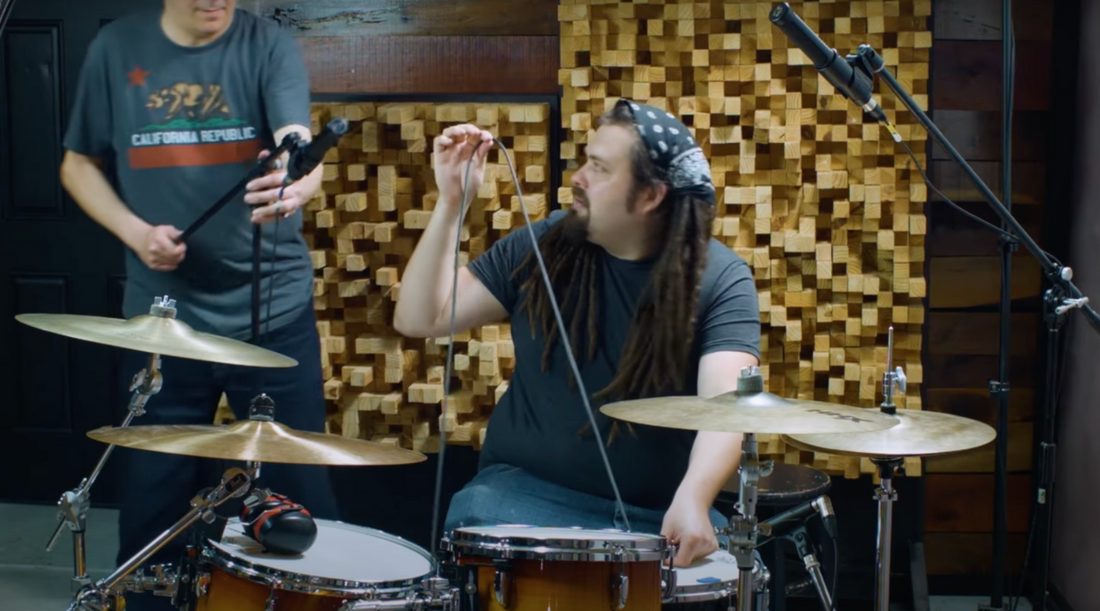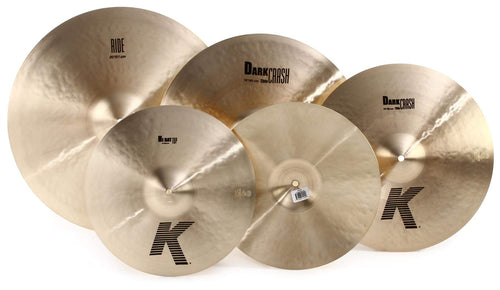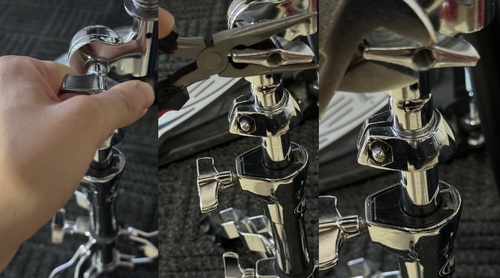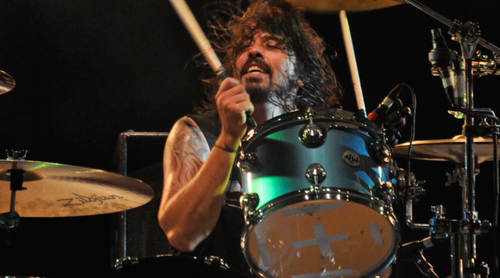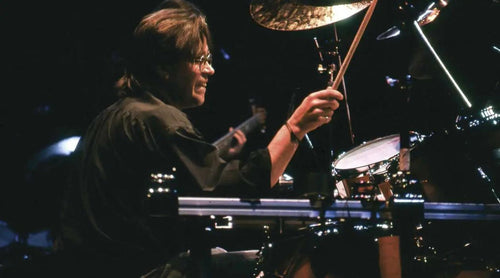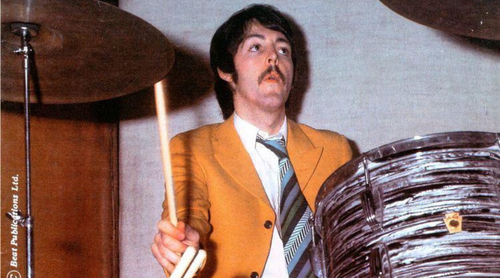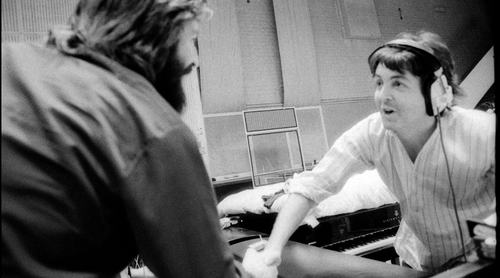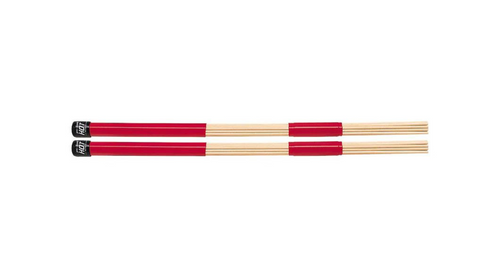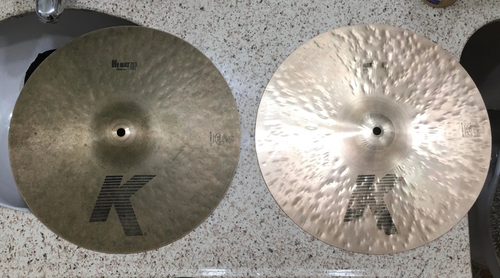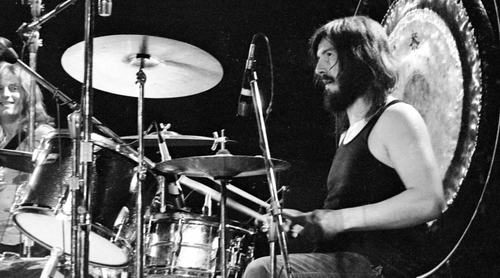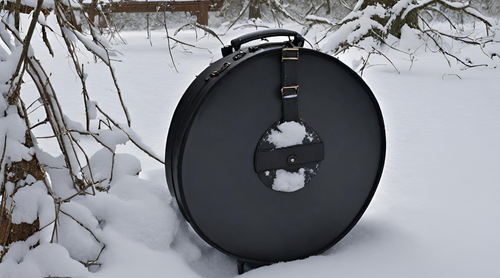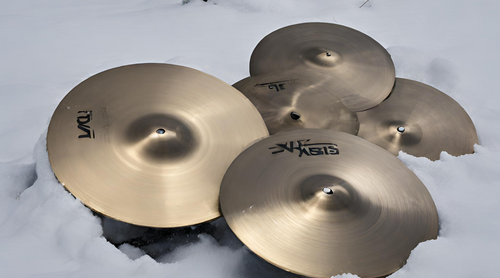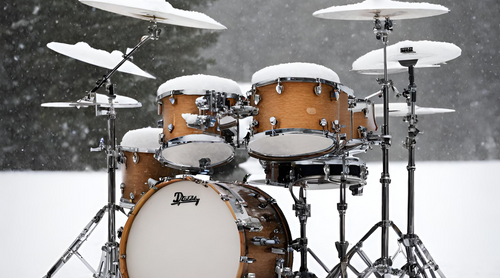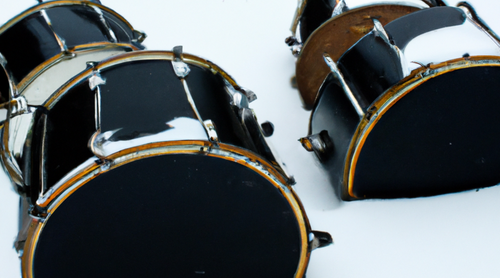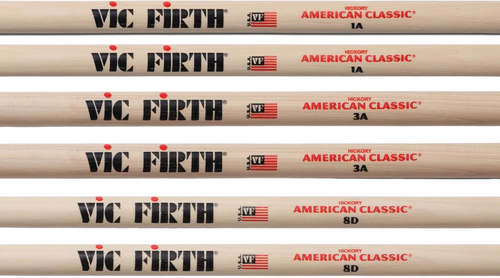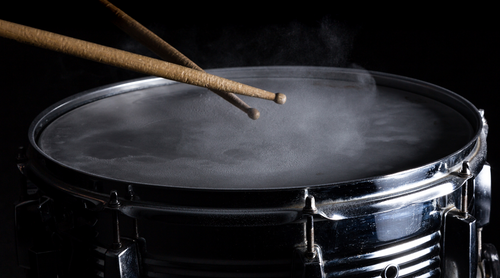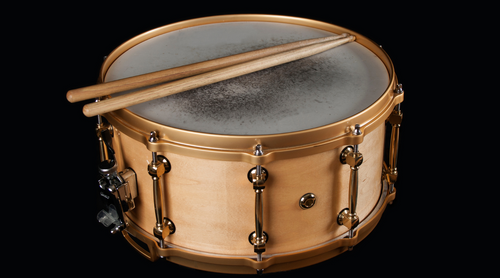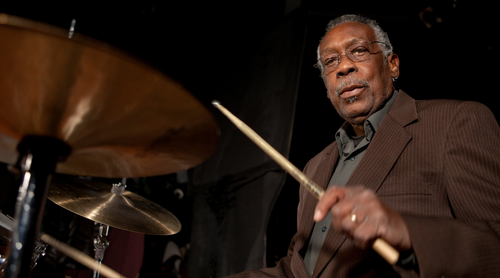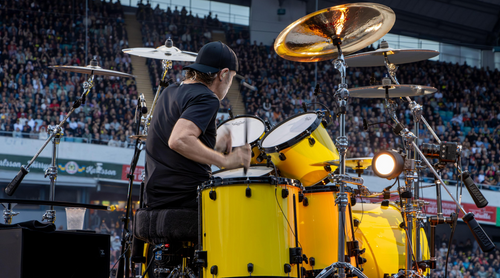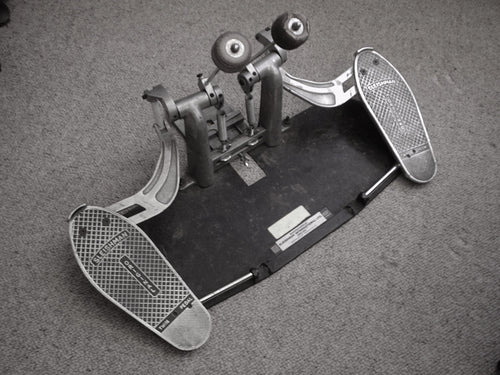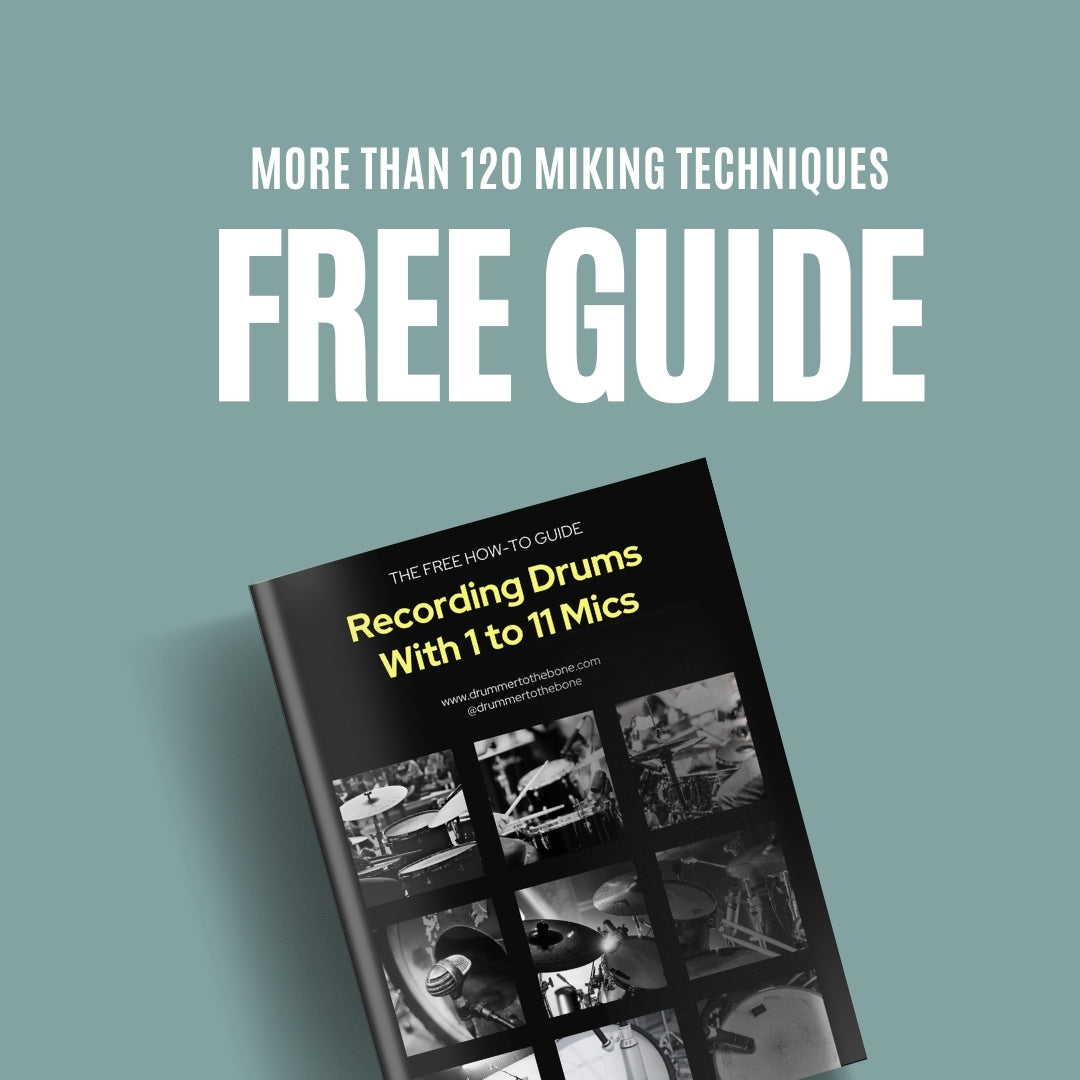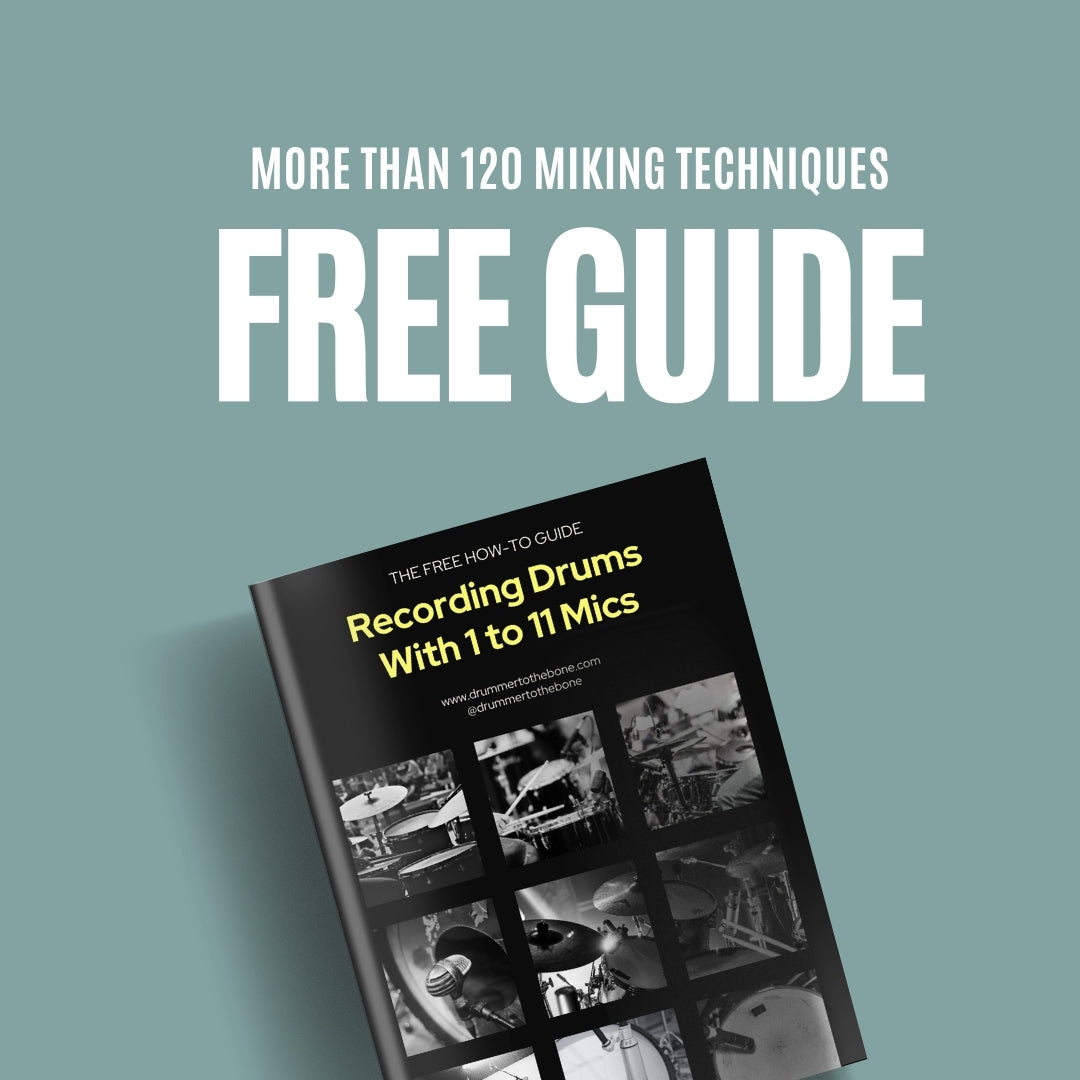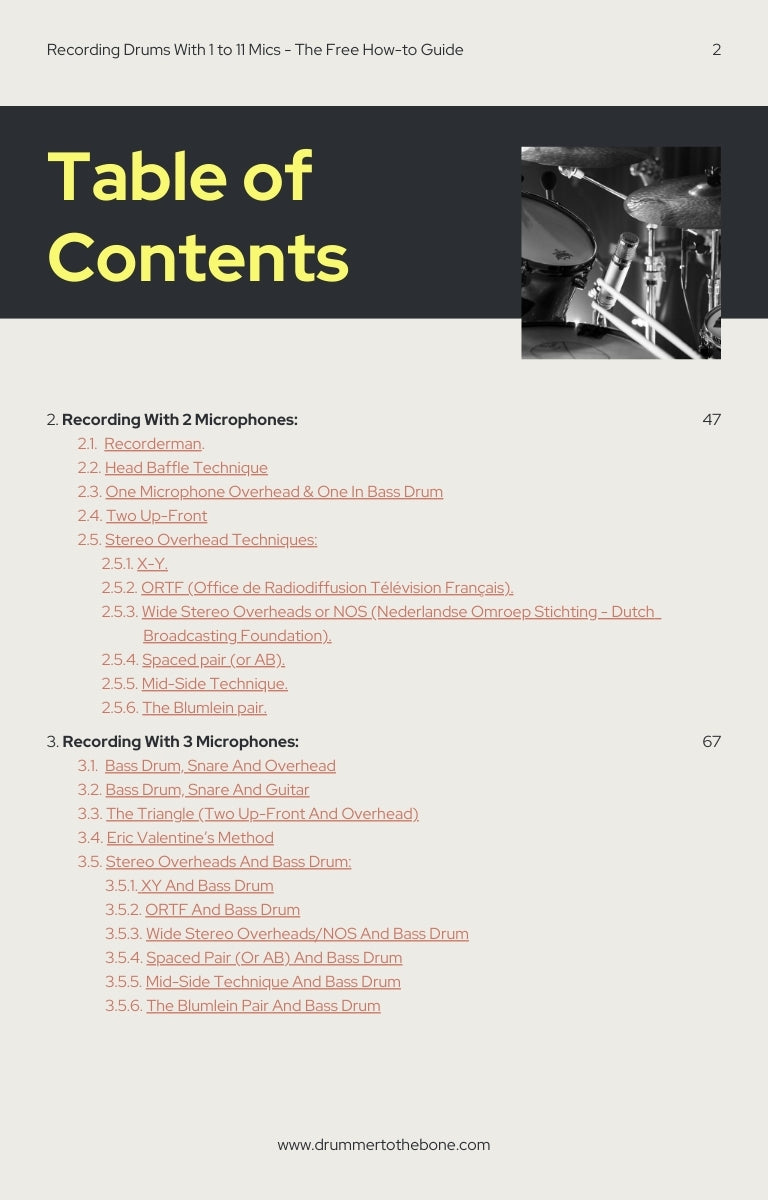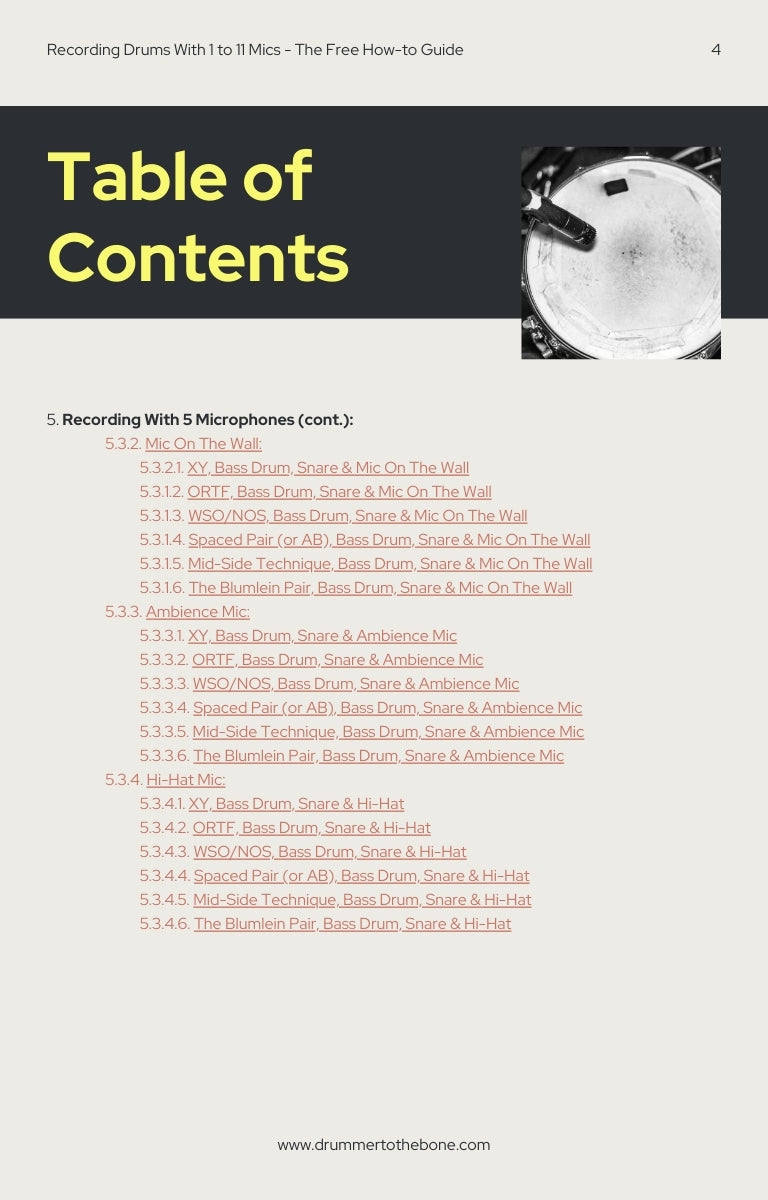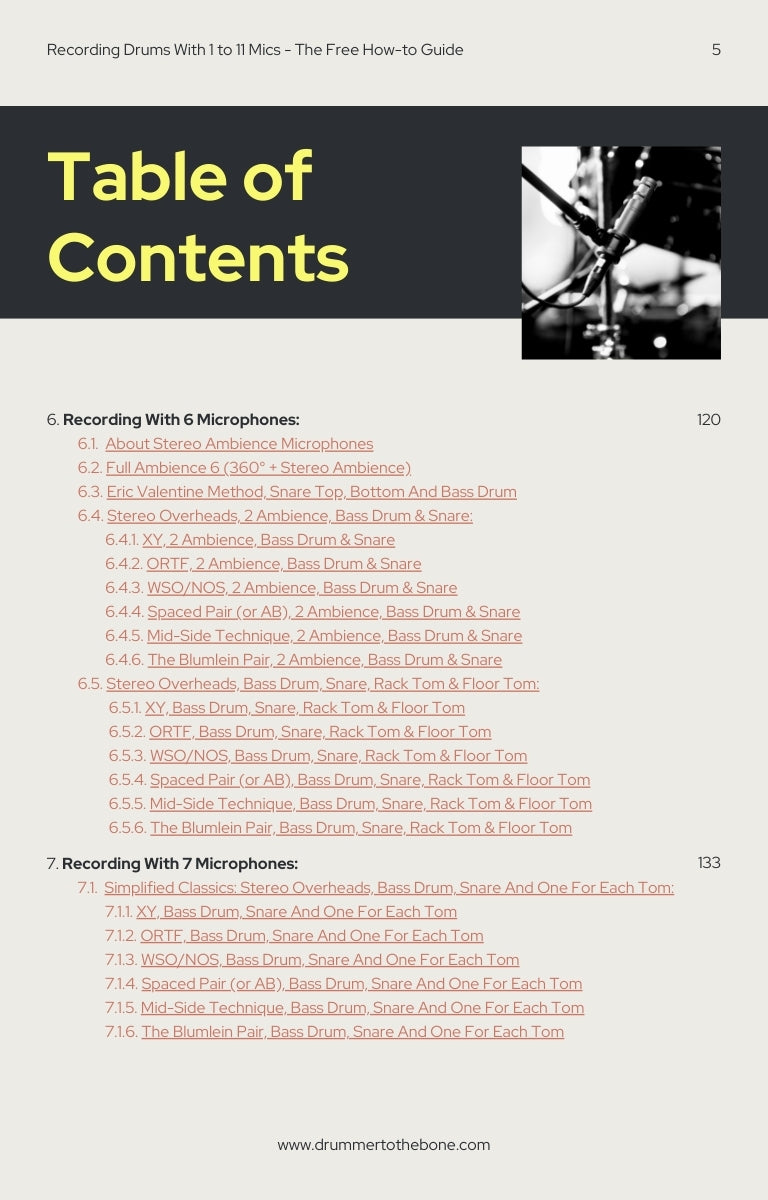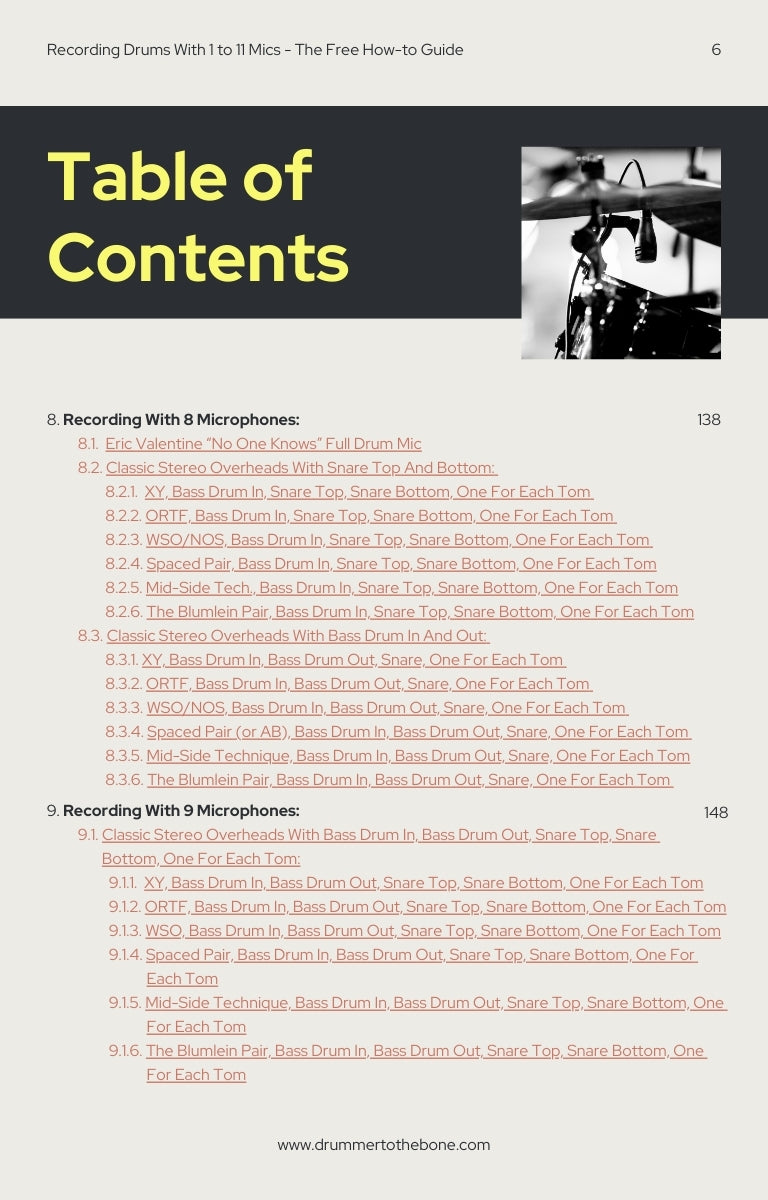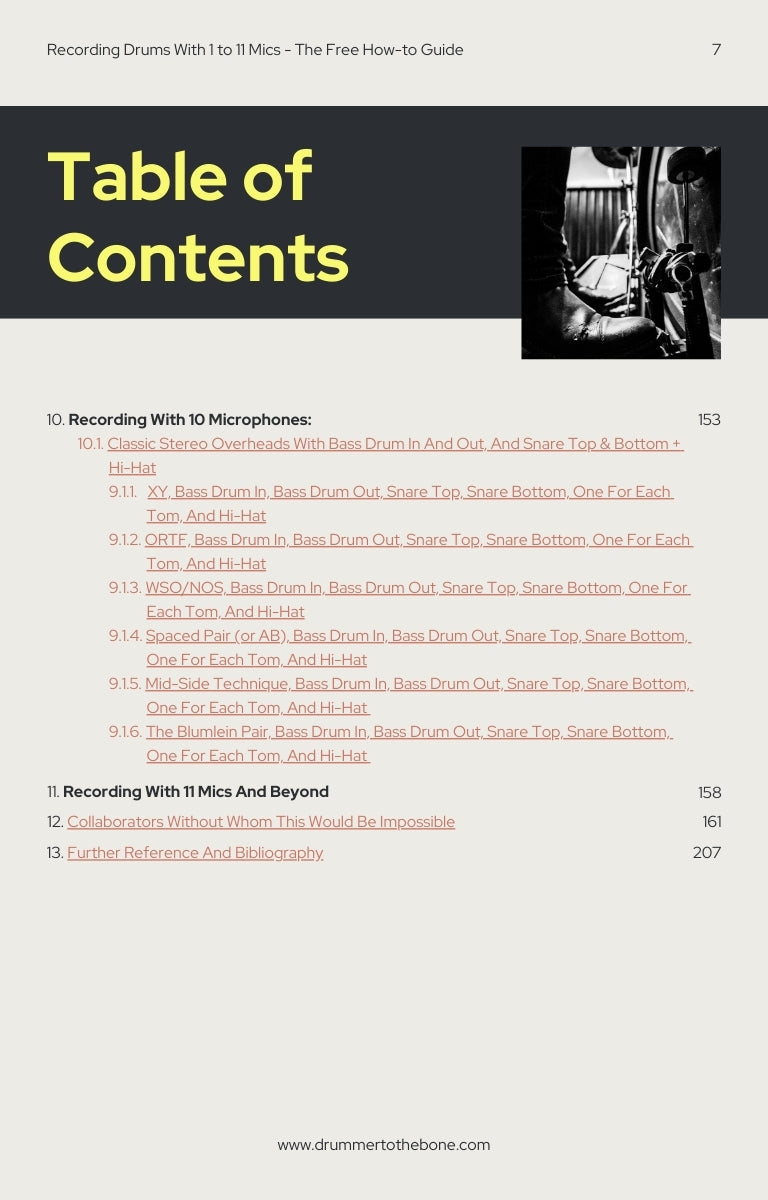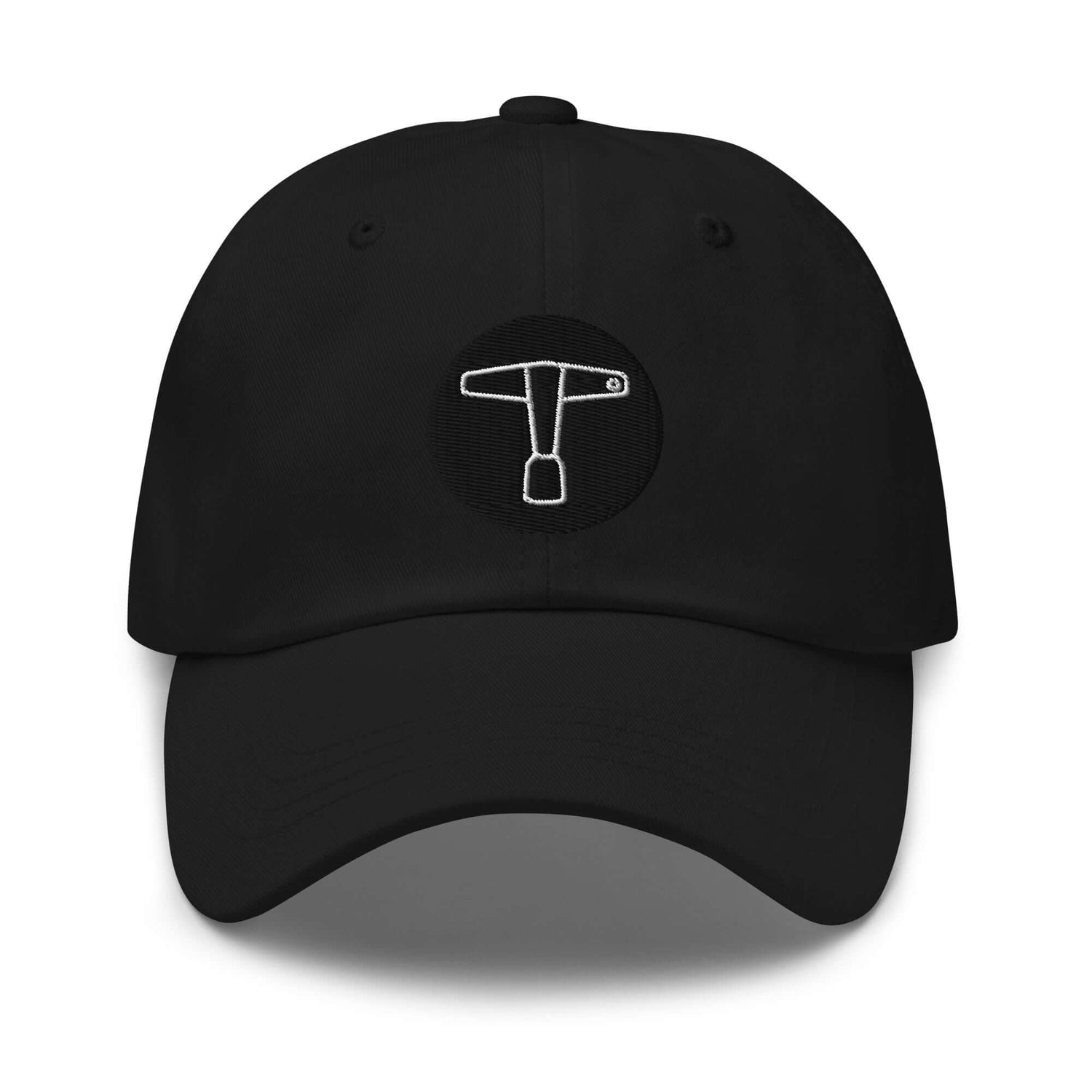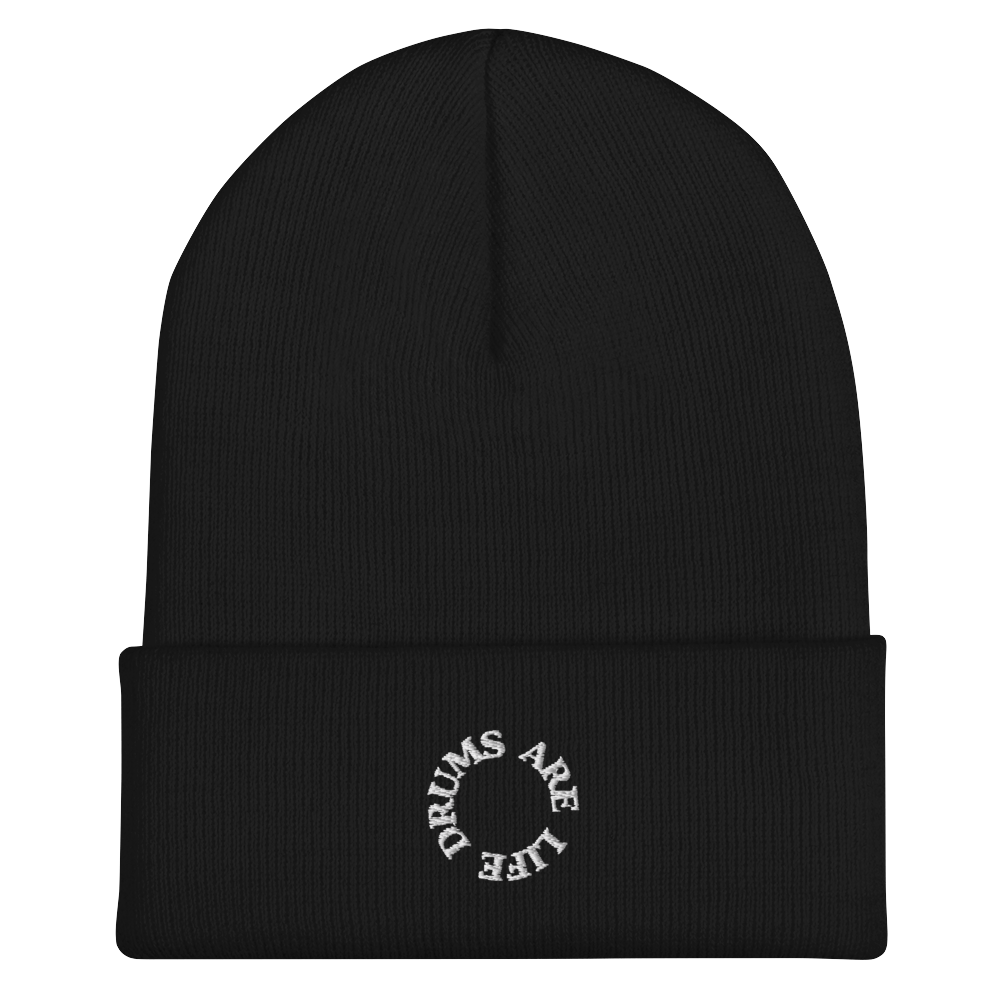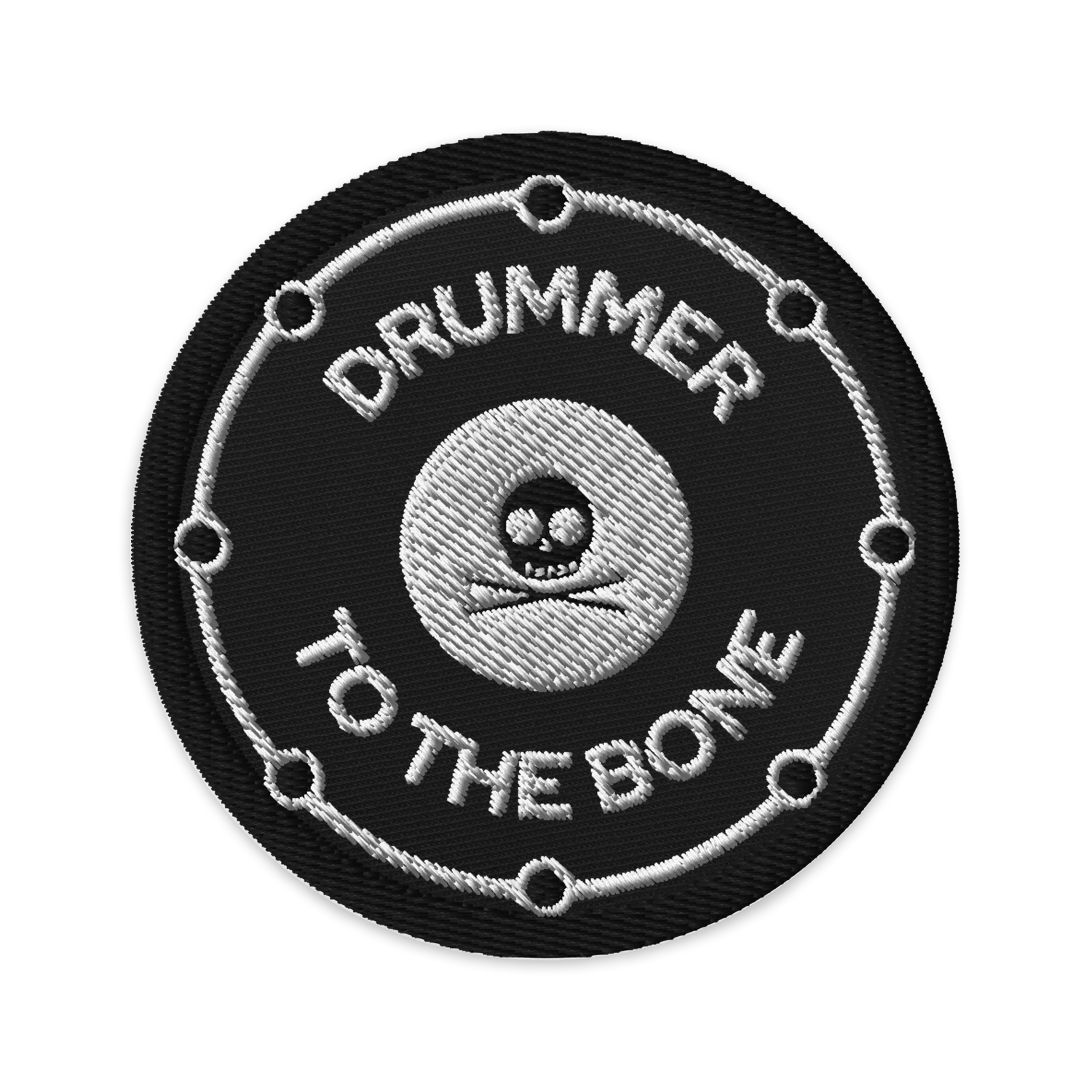
We’ve seen many posts stating that the “Recorderman” technique is a 2-mic recording technique. This is wrong. It’s a 4-mic technique. People confuse stereo room mic positioning with a full technique.
Story time:
This method was created in 2003 in a session for the band ‘Hazy Malaze”. The engineer, Eric Greedy, pitched an idea to the producer, Eric “Mixerman” Sarafin, that he wanted to try. So Serafin went from “Mixerman” to “Recorderman”. A very important aspect of this approach is that it was never intended to be a 2-mic only setup. This technique was used in conjunction with a kick and snare mic.
If you want the story from Eric Serafin himself, you can check it out here:
One of the reasons why they came up with this approach is because they were in a small room, with a dead & tight sound (Room A of The Village Studios, Los Angeles).
In the original session, 2 Coles 4038 Ribbon Microphones were used as room mics. Eric Serafin has praised how balanced Dan Fadel, the drummer, was. Balanced drumming is the key.
Sarafin adds:
“The more the drummer plays in balance, the less microphones you need to capture their brilliance”.
Setting up the Original Recorderman Technique:

- For overheads, the Recorderman uses 2 ribbon mics (Coles 4038 Ribbon Microphones). If you don’t have ribbons, you can use regular condensers.
- Position the first overhead about two drumsticks in height directly above the kit, and pointed straight down at the snare.
- Position the second overhead - which also has to be the same distance from the snare - over the ride cymbal side of the drummer’s shoulder, and also pointed at the snare.
- Measure the distance of the two overheads from both the kick drum and the snare drum. Both mics should be equidistant from the snare and the bass drum, in order to avoid phase issues.
- To make sure both mics are equidistant from the kick and the snare, use a mic cable or a long string. Hold the cable end against the kick drum where the beater makes contact with the head (if you’re alone, clamp it down with your kick pedal). Pinch the cable at the length where it makes contact with the first mic. While holding this position, pinch the other end of the cable at the length it makes contact with the top head of the snare drum.
- At this point the string or mic cable should be in a sort of triangle shape. Move the top point of the triangle – the part you have pinched – to each mic to verify they are both of equal distance from the kick and snare.

And now, for the final touch:
- Add a snare mic, ideally a dynamic mic, 3 fingers from the top head, pointing at the center of the drum.
- Add a mic inside the kick (or just outside), in order to minimize bleeding.
Original Recorderman Technique:

The Original Recorderman is a 4-mic technique:
- Coles 4038 Ribbon Microphone.
- Coles 4038 Ribbon Microphone.
- Kick mic. You can use an AKG D112, a cardioid dynamic microphone, or a Shure Beta 52A - a supercardioid.
- Snare mic. You can use the trusty Shure SM57.
Got it? Great, now we’re ready to record.
With these 4 mics you can have a great sounding kit. Of course, you can add more mics if it makes sense to you. If you saw the video above, you’ll notice that Sarafin added a bottom snare mic and an X-Y pair in front of the kit; but that’s more of a “safety net” as he calls it, rather than a necessity.
Pros of this technique:
- Great stereo compatibility, but with the kick and snare right in the middle of the mix.
- With the added boost in kick and snare, with their respective microphones, you have a lot more control over the balance of the mix.
- Great if you’re looking for a close & tight sound.
- Adjusts very well to small room situations - because it was developed for a small room.
Cons:
- This technique has more of a vintage vibe, which by itself is not a con whatsoever, but the point is that it is not very versatile.
- If you don’t get the measurements correctly, it can be a hassle to set it up. Make sure that this is the sound you’re looking for.
- The drummer’s balance is key to get it to sound correctly. Even with the kick and snare mics, if you’re off and with only 4 mics, there’s only so much you can do afterwards. Could be a curse or a blessing.
Want to hear how this sounds? Check out this song by Hazy Malaze's album:

